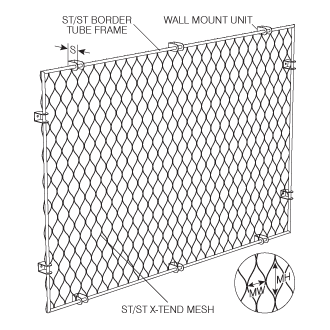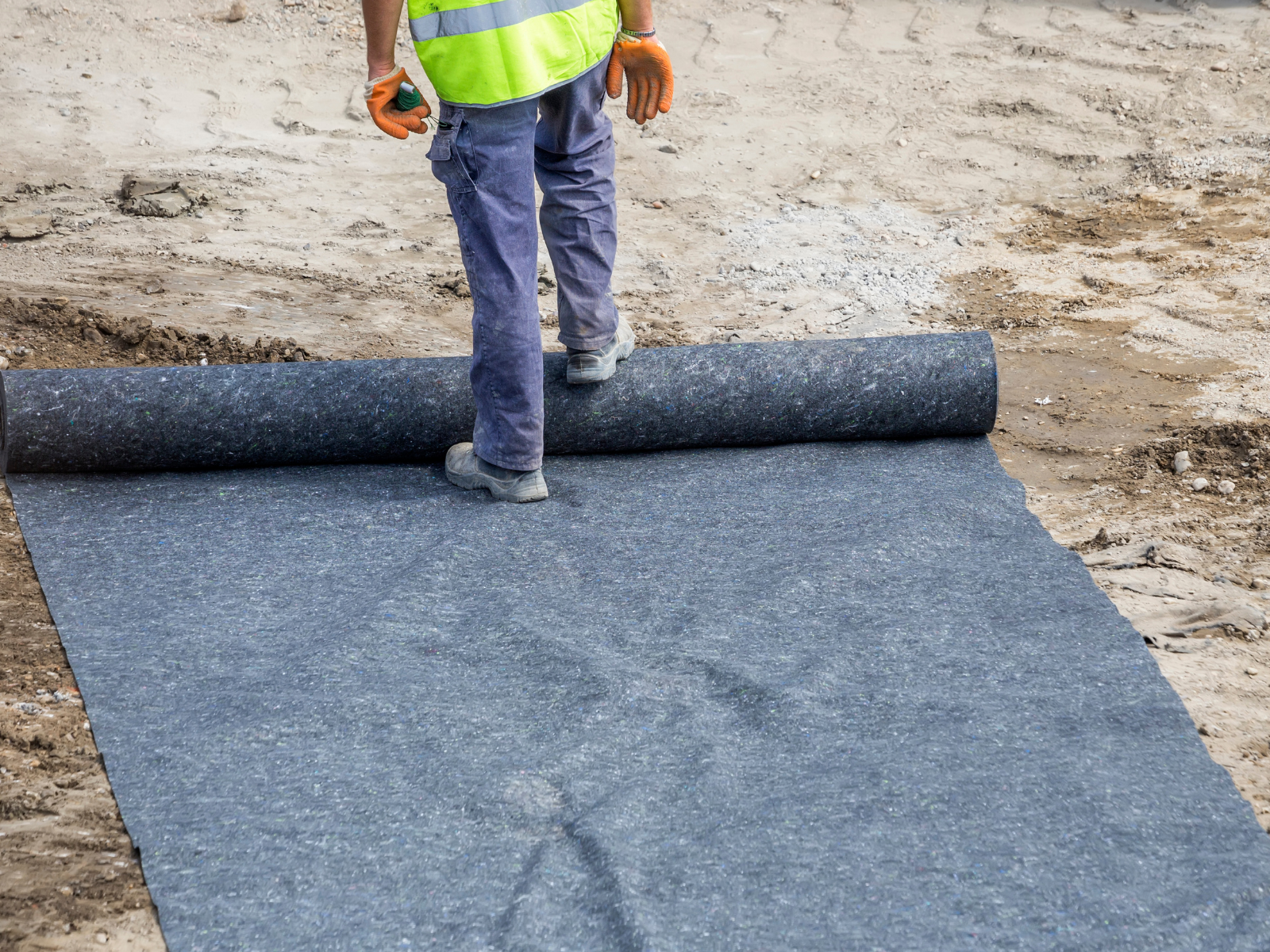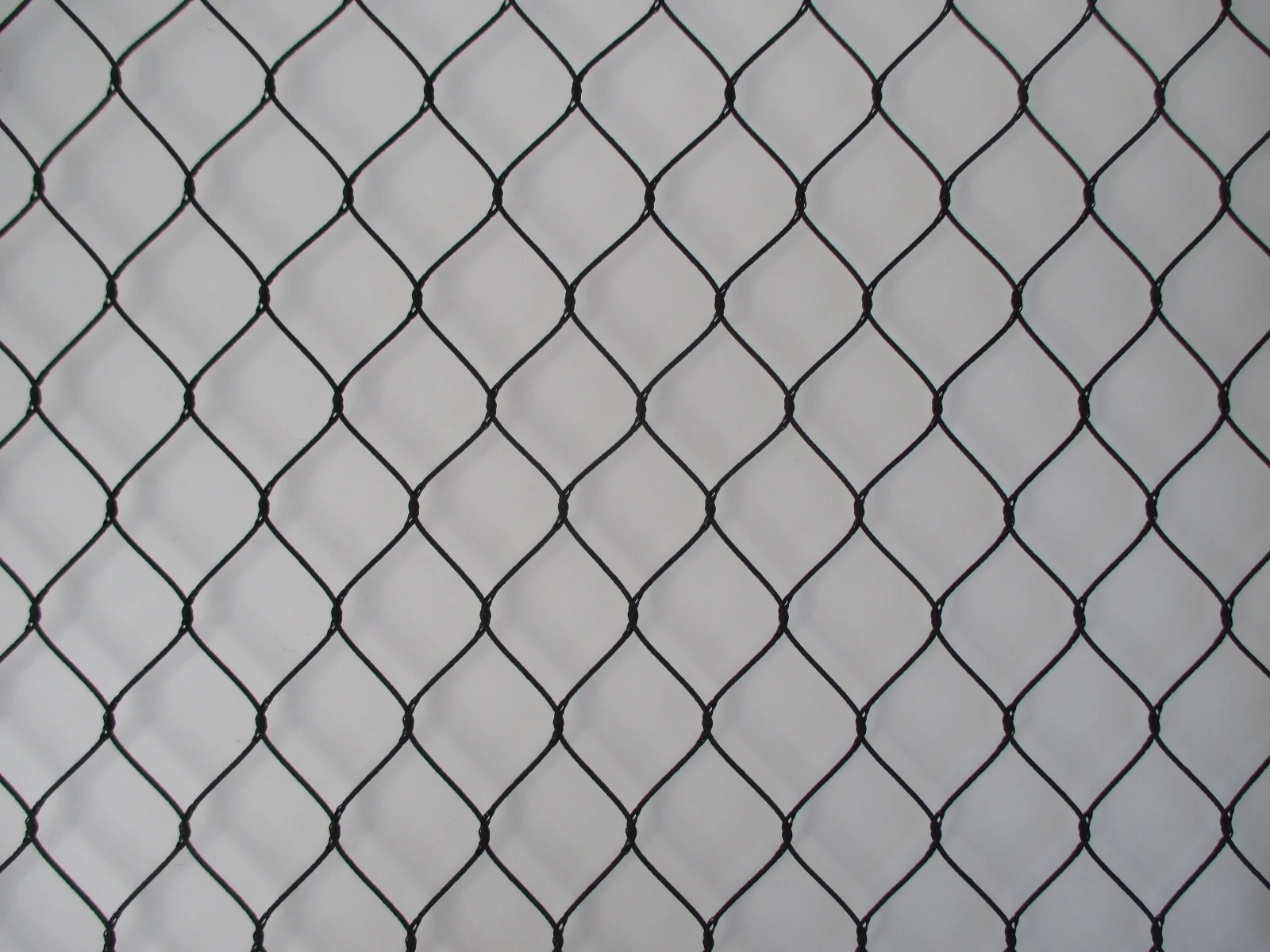The Best Mesh For Garden Beds: Protect Your Plants From Pests Animals And The Elements
Introduction
Gardening is a great way to get fresh air, exercise, and enjoy the outdoors. But it can also be a lot of work, especially if you're dealing with pests, animals, or the elements. That's where mesh for garden beds comes in.
Mesh can be used to protect your plants from a variety of threats, including:
- Pests: Mesh with a small enough mesh size can keep out insects, rodents, and other animals that can damage your plants.
- Animals: Larger mesh can be used to keep out larger animals, such as deer, rabbits, and groundhogs.
- Elements: Mesh can also help to protect your plants from the elements, such as wind, rain, and snow.
There are a variety of different types of mesh available, so it's important to choose the right one for your needs. In this blog post, we'll discuss the different types of mesh available, how to choose the right one, and how to install it.
Types of Mesh for Garden Beds
The most common type of mesh used for garden beds is plastic mesh. Plastic mesh is lightweight, durable, and affordable. It comes in a variety of mesh sizes, so you can choose the right one for your needs.
Another type of mesh that is sometimes used for garden beds is metal mesh. Metal mesh is more durable than plastic mesh, but it is also more expensive. It is also important to note that metal mesh can rust, so it is not a good choice for areas with high humidity.
Finally, there is also a type of mesh called bird netting. Bird netting is specifically designed to keep birds out of gardens. It is made of a fine mesh that birds cannot see through. Bird netting is a good choice for gardens that are located near bird feeders.
How to Choose the Right Mesh for Your Needs
When choosing mesh for your garden bed, there are a few factors you need to consider:
- The size of the mesh: The mesh size will determine what size pests and animals the mesh can keep out. If you are only concerned about keeping out small insects, you can choose a mesh with a larger mesh size. However, if you are concerned about keeping out larger animals, you will need to choose a mesh with a smaller mesh size.
- The durability of the mesh: The durability of the mesh will depend on the materials it is made of and the conditions it will be exposed to. If you live in an area with harsh winters, you will need to choose a mesh that is made of a durable material that can withstand the cold.
- The cost of the mesh: The cost of mesh will vary depending on the type of mesh, the mesh size, and the durability of the mesh. You will need to decide how much you are willing to spend on mesh before you make a purchase.
How to Install Mesh on a Garden Bed
Once you have chosen the right mesh for your garden bed, you need to install it. The installation process will vary depending on the type of mesh you have chosen and the size of your garden bed. However, the basic steps are as follows:
- Measure the dimensions of your garden bed.
- Cut the mesh to the appropriate size.
- Secure the mesh to the sides of the garden bed.
- If necessary, secure the mesh to the ground.
Conclusion
Mesh is a great way to protect your garden plants from pests, animals, and the elements. By choosing the right type of mesh and installing it properly, you can help to ensure that your plants stay healthy and productive.
Are you looking for mesh for your garden bed? Home Gardening has a wide variety of mesh options to choose from, including chicken wire, bird netting, and garden fabric. They also have a helpful blog with articles on how to choose the right mesh for your needs and how to install it.
FAQ of mesh for garden bed
- What is mesh for garden beds?
Mesh for garden beds is a type of netting that is used to protect plants from pests, animals, and the elements. It is typically made of plastic or metal, and it comes in a variety of sizes and mesh sizes.
- What are the benefits of using mesh for garden beds?
There are many benefits to using mesh for garden beds. Some of the most common benefits include:
* Protection from pests: Mesh can help to protect plants from a variety of pests, including rabbits, deer, birds, and insects.
* Protection from animals: Mesh can also help to protect plants from animals, such as cats and dogs.
* Protection from the elements: Mesh can help to protect plants from the elements, such as wind, rain, and snow.
* Increased yields: Mesh can help to increase yields by keeping plants healthy and free from pests.
* Ease of use: Mesh is easy to use and install.
- What are the different types of mesh for garden beds?
There are two main types of mesh for garden beds: plastic mesh and metal mesh. Plastic mesh is the most common type of mesh, and it is typically made of polyethylene or polypropylene. Metal mesh is less common, but it is more durable than plastic mesh.
- What is the best mesh size for garden beds?
The best mesh size for garden beds depends on the type of pests you are trying to protect your plants from. For small pests, such as insects, you will need a fine mesh size. For larger pests, such as rabbits and deer, you will need a larger mesh size.
- How do you secure mesh to a garden bed?
There are a few different ways to secure mesh to a garden bed. One way is to use metal stakes to anchor the mesh to the ground. Another way is to use zip ties to attach the mesh to the frame of the garden bed.
- How often do you need to replace mesh for garden beds?
The frequency with which you need to replace mesh for garden beds depends on the type of mesh you use and the environment in which it is used. If you use plastic mesh, you will likely need to replace it every few years. If you use metal mesh, you may only need to replace it every 10-15 years.
Image of mesh for garden bed
- Black garden mesh: This mesh is made of durable plastic and is often used to keep out pests and weeds.

- Green garden mesh: This mesh is made of the same durable plastic as black mesh, but it is a more natural color that blends in better with the garden.

- Trellis mesh: This mesh is made of a more flexible material and is often used to support climbing plants.

- Bird netting: This mesh is made of a fine mesh that prevents birds from eating garden plants.

- Deer netting: This mesh is made of a thicker mesh that prevents deer from eating garden plants.

- Rabbit netting: This mesh is made of a mesh that is small enough to prevent rabbits from eating garden plants.
- Woven garden mesh: This mesh is made of a woven material that is often used to create raised garden beds.
- Geotextile fabric: This fabric is made of a porous material that allows water and air to pass through, but it prevents soil from eroding.

- Landscape fabric: This fabric is made of a similar material to geotextile fabric, but it is thicker and more durable.


Post a Comment for "The Best Mesh For Garden Beds: Protect Your Plants From Pests Animals And The Elements"